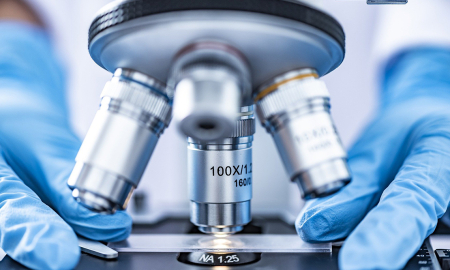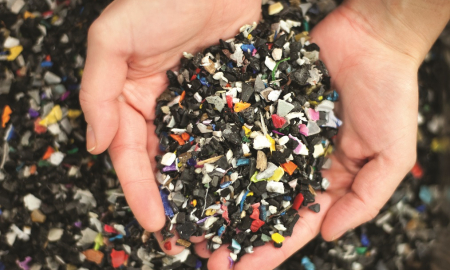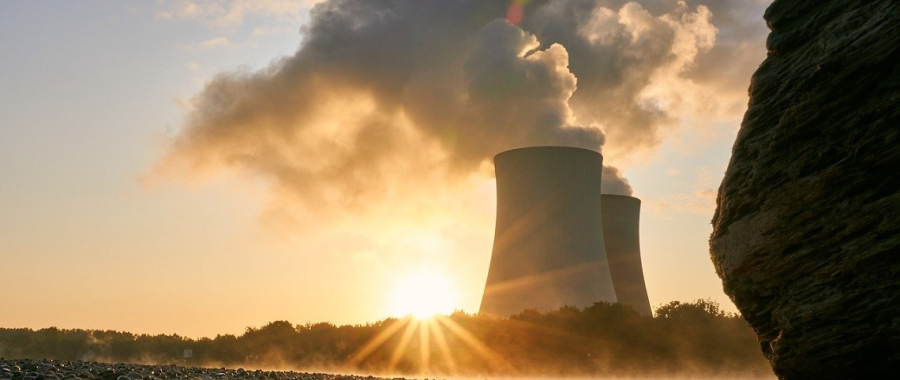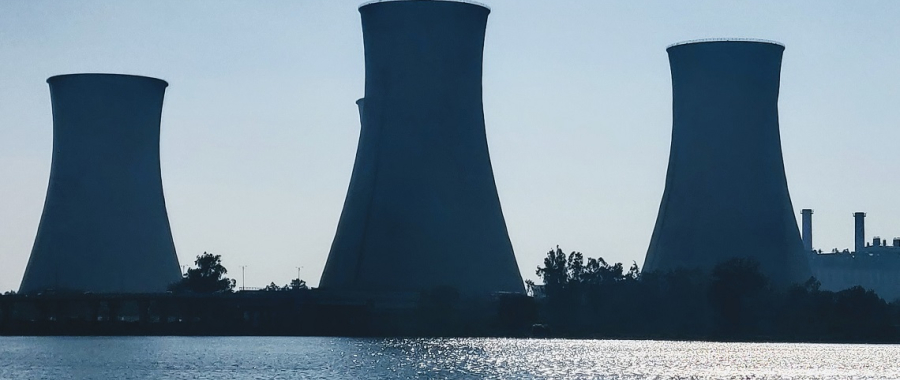What is the
'Norm' For
NORM Analysis?
Exposure to radiation is a potential from many different sources; x-rays are one example of ionising radiation, with transmissions from the TV and radio an example of lower-frequency non-ionising radiation.
Naturally Occurring Radioactive Materials (NORM) are – quite literally – materials that are naturally found in the environment, making up around 85% of radiation sources, with radioactive elements such as uranium, thorium and potassium usually present in these materials.
Even one banana naturally contains 15 Becquerel (Bq) – the unit of measurement for radioactivity. This form of measurement is counted by the number of interactions that the alpha, beta or gamma radiation has with matter, material, or the radiation detector.
NORM in industry
In terms of industry, activities like mining, extraction and production of rare earth elements increase the concentration (and radioactivity) of the substances mined. These are classed as Type 2 NORM industrial activity by the Environmental Permitting Regulations 2010, with any waste arising from these types of activities regulated as radioactive materials or radioactive waste.
An example of this is oil and gas production; heavy drilling equipment penetrates the earth’s layers to extract oil and natural gas. In doing so, any produced waters, scale found inside the pipes and/or sludge from dissolved solids may contain radioactive elements. Then, depending on the type of radiation within these materials – alpha, beta or gamma – equipment used may also become contaminated from the NORM.
While alpha rays can be blocked by paper and beta radiation can be stopped by aluminium, gamma radiation has the strength to penetrate steel plates, concrete or other heavy infrastructure, This is why a decommissioning programme for any industrial installation must identify all structures, equipment, and materials that have been in proximity of the industrial activity (such as drilling) so potential radioactive penetration values can be determined, with a decommissioning solution for each. Soils, water, concrete, metals, oils and solid waste are all likely to contain radioactive elements in the surrounding areas of industrial activity.
That is why NORM analysis can support a number of regulatory obligations, such as characterising NORM for decommissioning of nuclear or power plants, as well as testing for Waste Acceptance Criteria (WAC) when disposing of unwanted materials or waste.
Regulation
Radioactive materials are regulated. As with anything that has the potential to be harmful to human health, exposure risks must be effectively controlled. For radioactive exposure, employers must take action to restrict radiation exposure of their employees and other persons who may be affected under the Ionising Radiations Regulations 2017 (IRR17).
Under the IRR17, the threshold for notification and registration of activity has been reduced, with values for naturally occurring radionuclides outlined in the regulations.
Measurement of NORM: Sample preparation and techniques
To determine the levels of radiation present in a material, samples must be analysed by a specialised radiochemical laboratory. The measurements can then be used to estimate the risk to human health and the environment, or for determination of the correct waste repository.
Before the radioactivity can be quantitatively measured, the sample has to be prepared for analysis. There are many ways to prepare the samples, depending on the aim of the investigation. For concrete cores or slabs where the penetration depth of the radioactive contamination needs to be known, a diamond precision saw can be used to accurately cut samples to within 0.1mm. These slices are then analysed to get a penetration profile of the radioactive contamination.
On the other hand, if an average radioactivity concentration is required, a ball mill can be used to reduce and homogenise soil and other solid samples. Sample splitting equipment then allows for representative sub-samples to be produced for analysis, which reduces the possibility of radioactive ‘hot spots’. Softer materials, like roofing felts or clothing, use flail mills to break down the sample.
Once the samples have been prepared for analysis, a range of techniques can be applied to identify and quantify the nature of the radioactivity. These techniques can be broadly divided into three classes: gamma spectrometry, beta counting and alpha spectrometry.
Gamma spectrometry is widely used to determine a range of radionuclides from the NORM decay series. While the analysis itself is non-destructive, precise measurements require the sample material to be grinded. Gamma is very often used as an initial scan to determine the requirement for the other analyses.
Alpha spectrometry is widely used to determine specific alpha emitting radionuclides, like Uranium or Thorium. Radiochemical separation is required to isolate the actinides and to be able to measure the alpha particles, which are otherwise absorbed in the sample itself. A total actinide isolation can be carried out as well, giving semi-quantitative information of alpha emitters potentially present in the materials.
Beta counting techniques can be used to produce a total figure for all alpha and beta particle emitting radionuclides (“gross alpha activity” and “gross beta activity”, respectively). However, they can also be used to determine specific, beta emitting radionuclides, like Pb-210 and Bi-210. The latter requires a radiochemical separation. Examples of such techniques are gas-proportional counting and liquid scintillation counting.
NORM analysis has the potential to detect low limits of radiation, down to 0.1Bq/kg. In determining the level of radiation within the materials, it is possible to compare the limits against the regulations in place to verify compliance and ensure the correct procedures are in place.






Add new comment